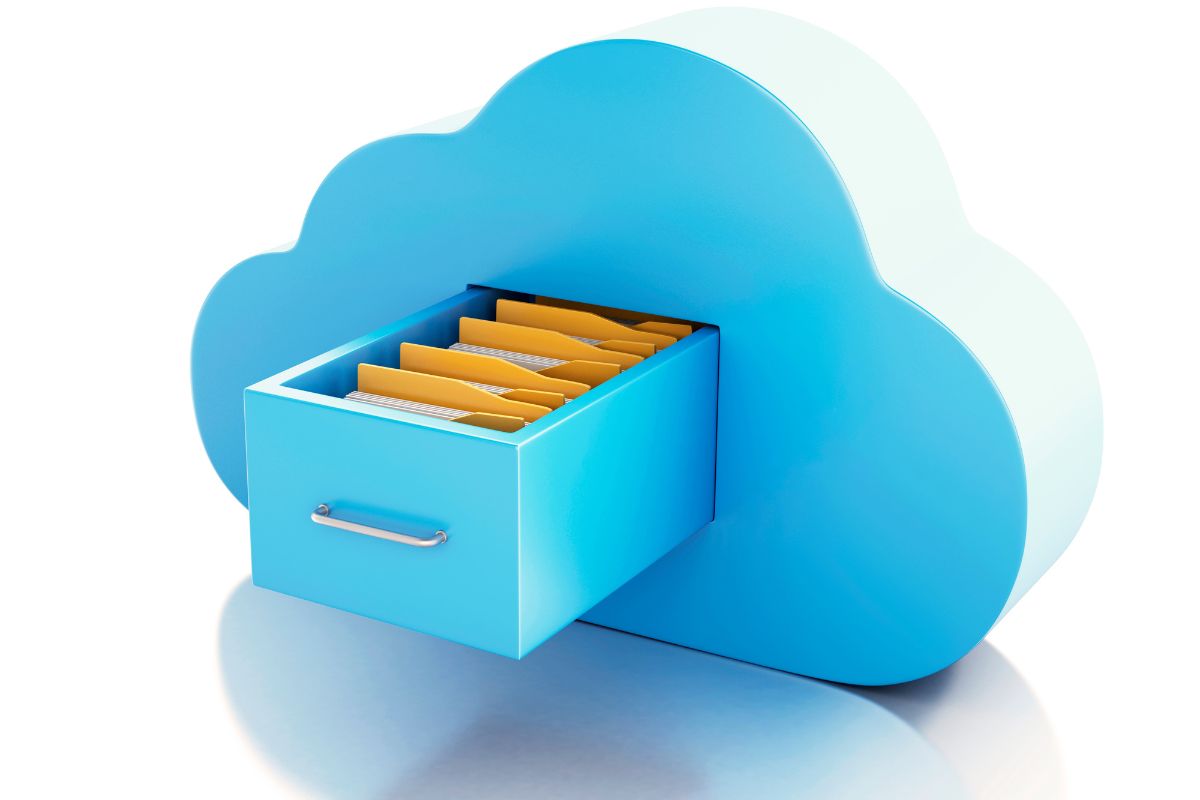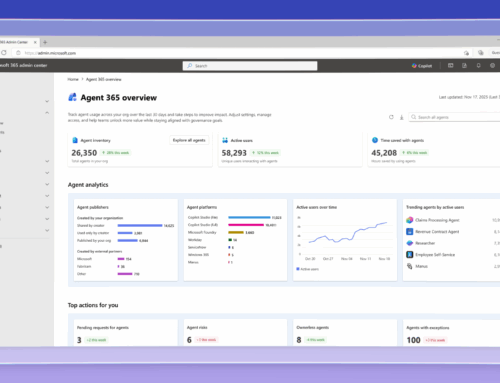Information Management, including Records Management, is not just for highly governed organizations. It’s a consideration for everyone seeking to extract the most value from their business content. Long recognized as a critical component for adhering to legal and regulatory compliance requirements around documents, good records management also saves time, storage space, money and frustration, something all organizations can benefit from. With on-going advancements in the Microsoft 365 platform, including the tools within Microsoft Purview, records management in SharePoint Online and M365 is within reach for all organizations looking to better manage and leverage their business content.
Before we delve into Records Management in Microsoft 365, let’s cover the basics.
What is Records Management?
- Records management is the process of creating, maintaining, and disposing of records in a systematic and efficient way.
- Records are any information or data that document the activities, decisions, and transactions of an organization or an individual.
- Records can be in any format, such as paper, digital, audio, video, or image.
Why is Records Management important?
A good Records Management Implementation and Program will reduce risks, save time, improve efficiency, facilitate collaboration, and ultimately enable your organization to operate more effectively. Here’s a summary of some of the benefits of managing high value content in SharePoint and Microsoft 365:
- Ensures compliance with legal, regulatory and the ethical obligations and standards of an organization.
- Preserves the historical, cultural and evidential value of records for future use and reference.
- Improves the efficiency and effectiveness of search, business processes and operations.
- Optimizes use of resources -space, time and money – by reducing the duplication, clutter and risk of unmanaged records.
- Reduces the risk of exposing sensitive and/or confidential data to unauthorized access, misuse or breach, which can damage an organizations reputation and trust.
- Curtails the likelihood and costs of litigation, audits and fines.
- Minimizes time and money wasted searching, retrieving and restoring records that are poorly organized, duplicated or outdated.
- Supports more effective internal and external collaboration.
- Establishes a relevant, secure foundation for Generative AI tools such as CoPilot.
What are the blockers to implementing Records Management in Microsoft 365?
While the benefits of managing records in Microsoft 365 are clear for all organizations, it’s a higher priority for highly regulated companies and those that have experienced (or wish to avoid) significant damage and costs caused by a major data breach or financial judgement which could have been avoided. To these organizations, the investment of time, money and resources to implement records management outweighs the pain, suffering and costs of doing nothing. That said, rolling out a Records Management Program to the organization is no trivial effort. It requires strategy, people and process up front and an on-going commitment to the care and feeding of the program in perpetuity.
Some of the biggest hurdles to implementing Records Management in M365 are:
Absence of a records management strategy and policies based on the legal, regulatory and business requirements of the firm.
Before the Microsoft 365 compliance tools can be configured, the types of records to be managed, retention periods and disposition actions, roles and responsibilities of records managers and users must be decided upon and documented in a plan that will determine the workflows and processes for managing records through their lifecycle. Some organizations have these policies in place while many do not.
Lack of awareness and training among users and records managers.
Users may not understand the importance of preserving and disposing of records according to policies, or how to use the tools and features available in SharePoint and OneDrive. Records managers may not be familiar with Microsoft Purview (formerly Compliance Center and Records Management) or how to create and apply retention labels and file plans.
Resistance to change and adoption challenges.
Users may have established habits and workflows for managing their documents and files and may not be willing to adopt new practices and behaviors that comply with records management policies. They may also perceive records management as a burden or a constraint on their productivity and collaboration. Records managers may face difficulties in communicating and enforcing policies across the organization, especially if there are multiple stakeholders and business units involved.
Complexity and diversity of records and regulations.
Organizations may have a large and varied volume of records that need to be classified and managed according to different criteria and rules. The regulatory landscape may also be dynamic and complex, requiring frequent updates and adjustments to policies and procedures. Records managers may struggle to keep up with the changes and ensure compliance across all records types and locations.
How can Compass help?
For more than 20 years, the Microsoft experts at Compass365 have been partnering with organizations to plan, implement and support large scale, enterprise-wide document and records management programs. With services ranging from Migration into the Microsoft 365 platform to enabling Modern Work, Intranets, and Process Improvement solutions built on the Microsoft Power Platform, we’ll help you get your Document and Records Management programs off the ground.
To discuss leveraging the Microsoft 365 platform to manage documents and records, reach out to Cathy Ashbaugh, cashbaugh@compass365.com to discuss further. Compass365, a Microsoft Gold Partner, delivers Microsoft 365 based solutions that help IT and Business leaders improve the way their organizations operate and how their employees work.









